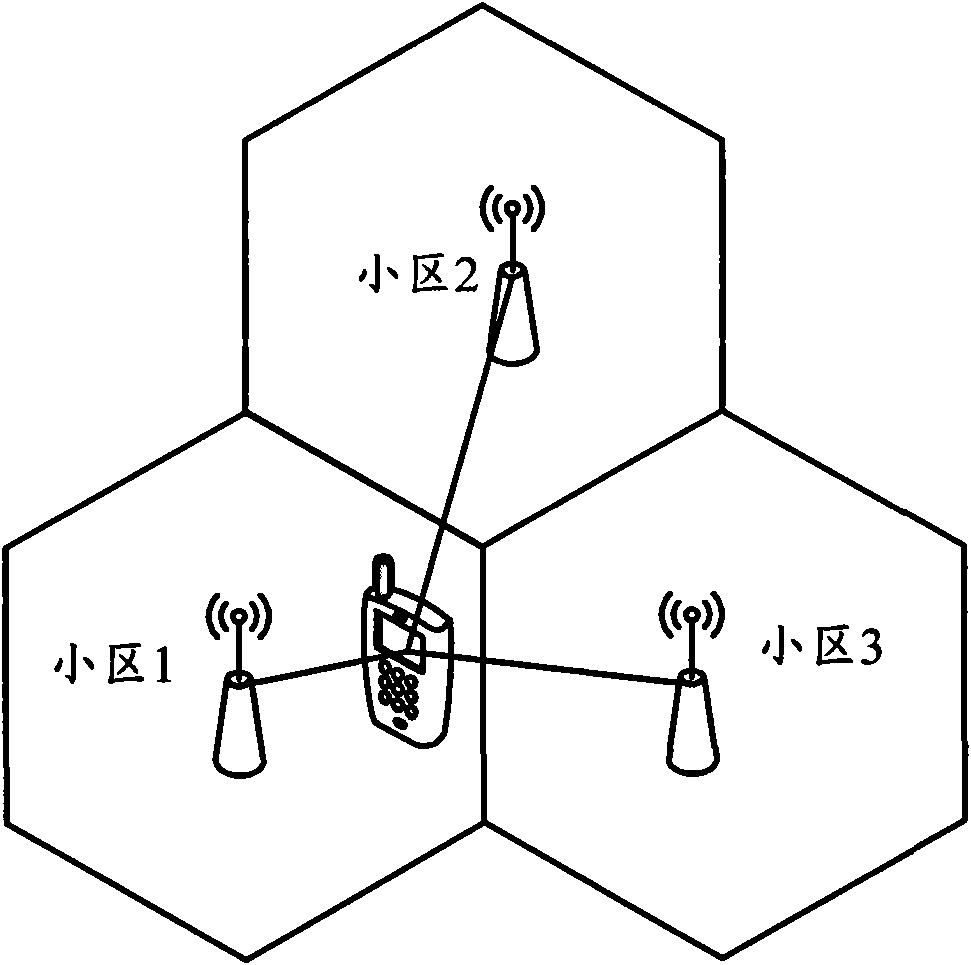Method, system and device for determining joining CoMP transmission cell and transmission data
A parameter and cell technology, applied in the directions of network traffic/resource management, electrical components, wireless communication, etc., can solve the problems of reducing the performance of CoMP technology and the inability of coordinated cells to perform coordinated transmission, and achieve the effect of ensuring reliability and improving performance.
- Summary
- Abstract
- Description
- Claims
- Application Information
AI Technical Summary
Problems solved by technology
Method used
Image
Examples
Embodiment Construction
[0042] In the embodiment of the present invention, after the base station to which the coordinated cell belongs satisfies the trigger condition, it determines the coordinated transmission parameter according to the coordinated transmission capability of the coordinated cell, and sends the coordinated transmission parameter to the base station to which the serving cell belongs; the base station to which the serving cell belongs parameter, and determine the coordinated cells participating in the CoMP transmission from the coordinated cells. Because the base station where the serving cell is located will determine the corresponding coordinated cell according to the current coordinated transmission capability of the coordinated cell, avoiding the situation that the determined coordinated cell that can participate in CoMP transmission cannot perform coordinated transmission due to insufficient capabilities, thereby improving the CoMP technology. performance.
[0043] Wherein, the c...
PUM
 Login to View More
Login to View More Abstract
Description
Claims
Application Information
 Login to View More
Login to View More - R&D
- Intellectual Property
- Life Sciences
- Materials
- Tech Scout
- Unparalleled Data Quality
- Higher Quality Content
- 60% Fewer Hallucinations
Browse by: Latest US Patents, China's latest patents, Technical Efficacy Thesaurus, Application Domain, Technology Topic, Popular Technical Reports.
© 2025 PatSnap. All rights reserved.Legal|Privacy policy|Modern Slavery Act Transparency Statement|Sitemap|About US| Contact US: help@patsnap.com



